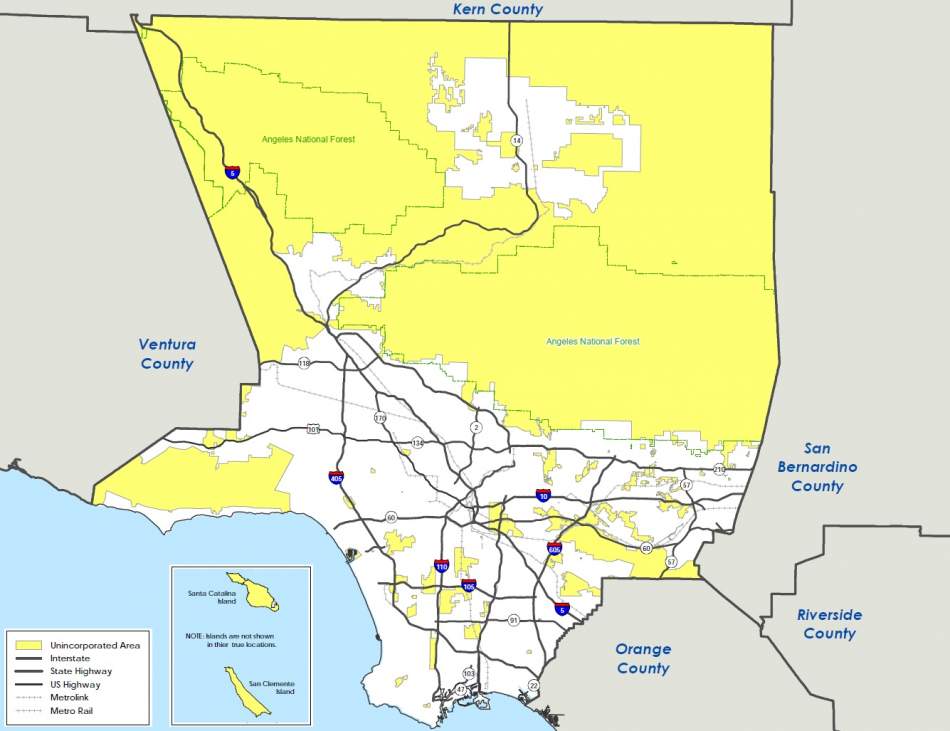Housing developers seeking to build in many of Los Angeles County's unincorporated communities will soon be required to set aside units for low- and moderate-income renters.
In a unanimous vote, the County's Board of Supervisors voted to move forward with an inclusionary housing ordinance which would impact all areas under the County's direct land use authority. The draft ordinance, which was endorsed by the County's Regional Planning Commission in April, includes several carve-outs for submarkets where a market study concluded that inclusionary housing requirements are currently infeasible. Rental projects in Antelope Valley, East Los Angeles/Gateway, and South Los Angeles are to be excluded from the final ordinance, as are condominium projects in Antelope Valley and South Los Angeles.
For the areas that are not exempt from the ordinance, rental housing projects with five or more baseline dwelling units (not including density bonus units) are required to set aside apartments for low- and extremely low-income households. Developers will be offered three different set-aside options - ranging from 5 percent to 20 percent of the unit count - varying based on the affordability level and project site. Smaller-scale projects with 15 or fewer baseline units will be permitted to set aside fewer affordable units.
Likewise, for-sale projects with five or more baseline dwelling units will be required to set aside homes for moderate- and middle-income households - a new category which roughly corresponds to "workforce" housing. Set-asides will vary based on submarket, and the total affordability requirement may be satisfied by the average income of the set-aside units. As with rental developments, lower-set aside options will be permitted for projects with 15 or fewer baseline dwelling units.
The ordinance will also create new incentives for for-sale developments with middle-income set-asides that are not currently eligible for density bonus incentives. Projects will be eligible for one incentive and one waiver or reduction of a development standard.
The County's ordinance would also permit the provision of the affordable units at an off-site location, assuming the location is one of the following:
- within an unincorporated area and within one-quarter mile of the principal project site; or
- within a Highest, High, or Moderate Resource Area, as determined by the State Tax Credit Allocation Committee and State Department of Housing and Community Development (with the offsite units being located in the same or higher resource area as the principal project); or
- within an area with known displacement risk within two miles of the project principal project site, based on evidence to the satisfaction of the Department; or
- developed as part of a community land trust.
Under the ordinance, the County will have first right of refusal when an initial qualified buyer of a for-sale unit sells their home.
The concepts approved by the Board of Supervisors also includes changes recommended by the Regional Planning Department, including an increase in the affordability duration for rental developments from 55 years to 99 years, with the exception of density bonus program, in which the affordability duration will remain as 55 years.
The vote by the Board of Supervisors instructs County Counsel to draft a final ordinance for adoption at a future meeting. Following implementation, the ordinance would be subject to reevaluation in one year, at which point an inclusionary housing requirement could be expanded to submarkets which were excluded from the current ordinance.
The inclusionary housing ordinance was part of a suite of new strategies first considered by the Board of Supervisors in 2017 in an effort to bolster the production of affordable housing in unincorporated communities.







